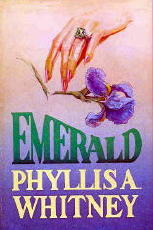Sat 16 Feb 2008
LAWRENCE BLOCK – Mona
Gold Medal s1085. Paperback original; 1st printing, February 1961. [Reprinted in paperback as Sweet Slow Death (Jove, August 1986), as Mona (Carroll & Graf, 1994), and as Grifters Game (Hard Case Crime, 2004). Hardcover reprint as Mona: Five Star, 1999.]
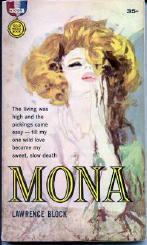
All my sources seem to indicate that this was Block’s first mystery novel, and you may have some trouble finding a copy. Mine is pretty well battered, but it’s the only one I’ve ever come across.
Is it worth looking for? No, not if you’re a Michael Innes fan, say. Yes, if you enjoy your crime fiction both smooth and tough. It’s a familiar story — a smart alecky con man meets a girl he could love and leave, but he does and he doesn’t, and he ends up trying to get away with murder. The husband is an obstacle, you see, but he’s a crook, it turns out, which helps…
But what about those last two chapters? Block suddenly jabs the reader with a bit of cruel desperation not expected even of his amoral but likable hero. Maybe crime is a dirty business, after all. [B minus]
[UPDATE] 02-16-08. Also published under Block’s own name in 1961 were Death Pulls a Doublecross (Gold Medal, Sept 1961) and The Case of the Pornographic Photos (Belmont). I don’t have a copy of the latter, I have just discovered, but since Mona came out in February, I am 99.99% sure that the first half of my first statement is correct, with only one possible reservation:
There may have been a book published under a pseudonym that came earlier, one of those paperbacks considered sleazy at the time, but reprinted more recently by a line such as Hard Case Crime and considered respectable now, and rightfully so.
But why don’t I have a copy of The Case of the Pornographic Photos? It was a paperback based on the PI character Roy Markham who had a TV show of his own called Markham. It was on ABC during the 1959-60 season, and I never saw it once. Ray Milland played Markham, and the book was reprinted later by Foul Play Press as You Could Call It Murder. For some strange reason, I don’t seem to have a copy of that one either.
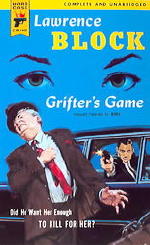 To get back to my first statement, the second half, it is no longer true that you will have trouble finding a copy of this book, as it has been reprinted so many times now that it has to be considered a classic in noir literature, the so-so letter grade that I assigned to it notwithstanding.
To get back to my first statement, the second half, it is no longer true that you will have trouble finding a copy of this book, as it has been reprinted so many times now that it has to be considered a classic in noir literature, the so-so letter grade that I assigned to it notwithstanding.
One more thing. I’m going to quote Curt Purcell as to something he said on the rara-avis Yahoo group about three of Lawrence Block’s early books, Grifter’s Game, The Girl with the Long Green Heart and Lucky with Cards, all available under these titles from Hard Case Crime: “… in each of these three stories, the grifter debates how best to part the rich guy from his money and put him out of the way, and each time he arrives at a solution he rejects in the other two.”
Now that’s pretty neat, isn’t it? (You can read my review of Lucky at Cards here.)
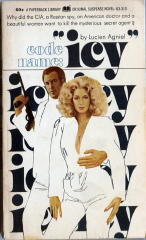
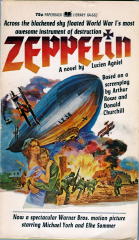
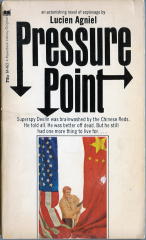
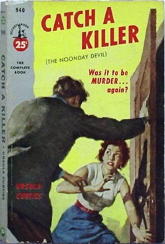


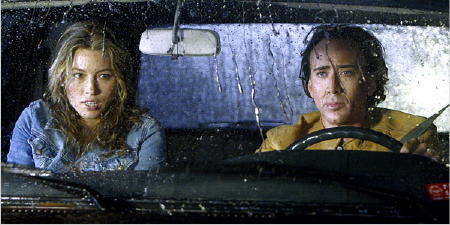
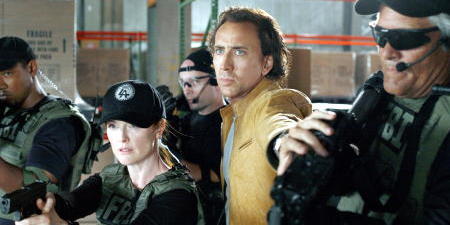
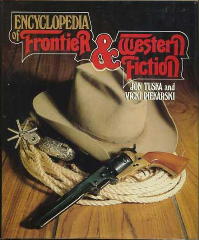
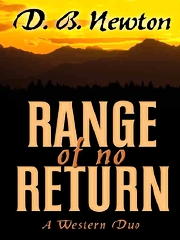
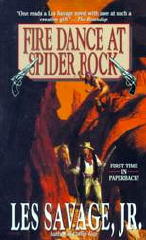
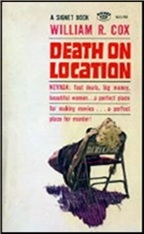

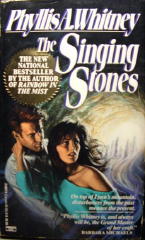 Phyllis A. Whitney’s books have been great favorites of mine for as long as I remember. I discovered her juvenile mysteries about the same time that I discovered her adult suspense novels, and I read both groups of books with great pleasure. Growing up on a farm in Mississippi, I did all my world-traveling in those days through books. Miss Whitney took me to far-flung, exotic places that I could never hope to go on my own, and after I read one of her books I felt I had been to those locales, if only for a brief while.
Phyllis A. Whitney’s books have been great favorites of mine for as long as I remember. I discovered her juvenile mysteries about the same time that I discovered her adult suspense novels, and I read both groups of books with great pleasure. Growing up on a farm in Mississippi, I did all my world-traveling in those days through books. Miss Whitney took me to far-flung, exotic places that I could never hope to go on my own, and after I read one of her books I felt I had been to those locales, if only for a brief while.